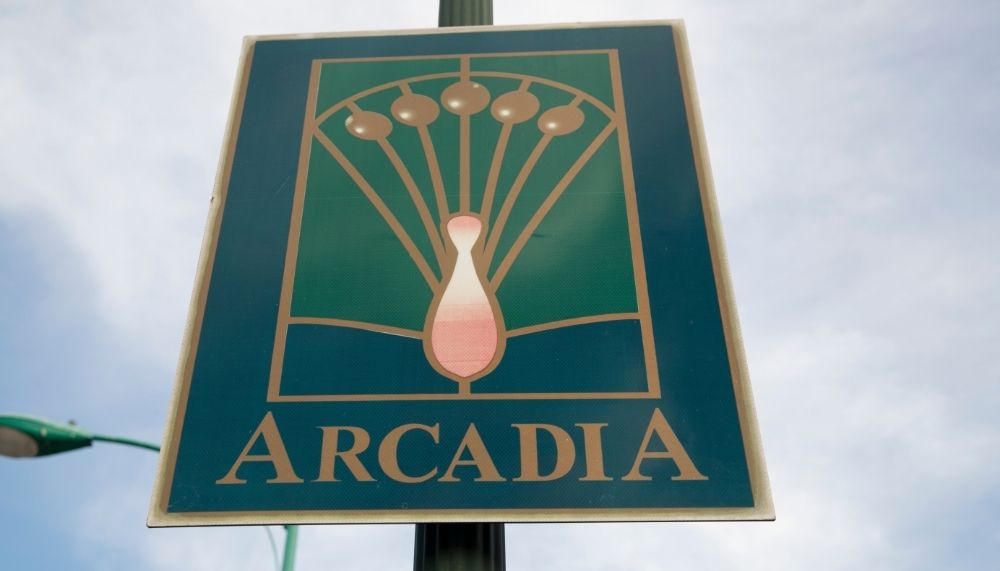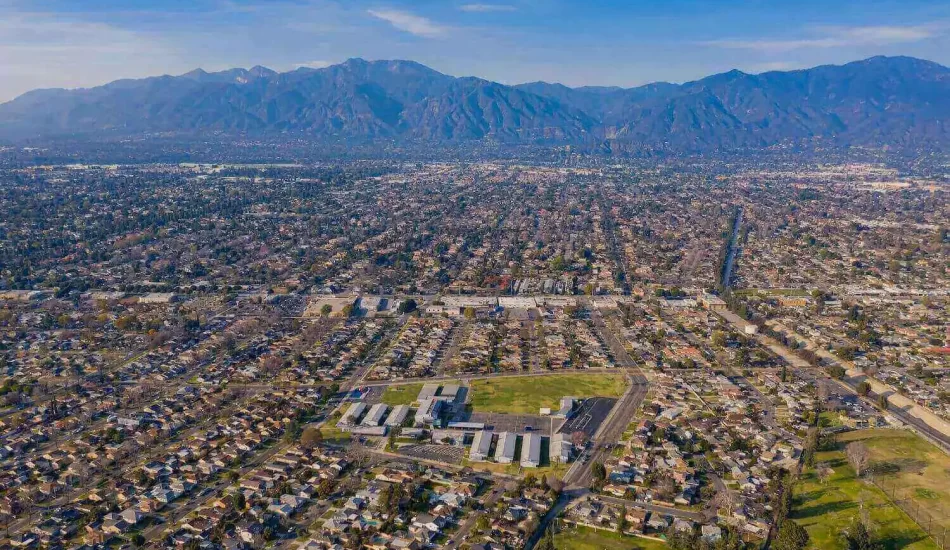|
|
Last Modified on Oct 16, 2023
What Are the Demographics of Arcadia, California?
Anyone with an interest in California cities is sure to find the ever-changing demographics to be fascinating. Arcadia, California, is one of the many places that is always growing and developing to meet the needs of the modern population.
It is important to understand the demographics of an area because they provide insight into the characteristics of the population. When government organizations are developing policy decisions, it is crucial for them to take the demographics of the people they represent into consideration.
Even corporations rely on demographic data, as the economic market they provide goods and services for is influenced by the average income, ethnicity, race, and gender of the individuals in that market. Consider the following demographic factors as they apply to Arcadia, California today.

Arcadia, CA Demographics Overview
As of 2019, the city of Arcadia boasted a population of 58,200 people with an average household income of just over $93,500 and a median age of 43.7. Although the population saw a slight decline between 2018 and 2019, dropping from 58,207 to 58,152, the median income of households grew by over $1,400 during the same period.
The population of Arcadia, CA consists primarily of five ethnic groups, including:
- Two or More Races (Non-Hispanic) at 2.93%
- Other (Hispanic) at 4.04%
- White (Hispanic) at 6.33%
- White (Non-Hispanic) at 22.1%
- Asian (Non-Hispanic) at 61.5%
Although 28,500 individuals, or 49% of the city’s residents, were born outside the US, none of the households in Arcadia report speaking a non-English language as their primary language at home, and the portion of the population that are US citizens is at 83.1%.
Homeownership in the city as of 2019 was at 59.5%, with an average property value of $1.1 million, and most households owned two cars. Since most of the population reports driving alone to work with a commute time of about thirty minutes, the prevalence of two-car homes is understandable.
Demographics by Race and Ethnicity
The three largest ethnic groups in Arcadia are Asian, White, and Hispanic. The total population can be broken down in the following way:
- Hispanic – 6,450
- White (Hispanic) – 3,680 +/- 696
- White (Non-Hispanic) – 12,900 +/- 918
- Asian (Non-Hispanic) – 35,700 +/- 1,320
Demographics of Arcadians Born Outside the United States
In 2018, 48.7% of the population of Arcadia had been born in another country, with a slight increase to 49% in 2019. The 28,500 individuals living in Arcadia who were born outside the US represent a number much higher than the 13.7% national average. United States citizenship in the city was at 83.4% in 2018 and dropped slightly to 83.1% in 2019. These figures are lower than the 93.4% average across the country as a whole.
Economic Demographics of Arcadia, CA
The median household income in the city is $93,574, but it varies significantly in different areas. Consider Arcadia’s highest median income neighborhoods:
- Census Tract 4317 – $108,106
- Census Tract 4304 – $128, 298
- Census Tract 4306 – $148,750
The average income of the female population is $62,156, and the male population comes in quite a bit higher at $78,556. This makes the income inequality of the city higher than the national average. This is determined using a statistical process known as the Gini index, which puts the inequality rate in Arcadia at 0.499. It is vital to consider income inequality based on gender in American cities because it stunts the growth of the economy and has a negative effect on development.
The number of individuals employed by the local economy in Arcadia is 26,300. Most of these people work in one of three primary fields:
- Manufacturing – 2,363
- Professional, Scientific, and Technical Services – 2,974
- Health Care and Social Assistance – 3,850
The highest paying jobs in the city are found in the following three fields:
- Professional, Scientific, and Technical Services – $77,877 average annual salary
- Public Administration – $80,372 average annual salary
- Utilities – $84,095 average annual salary
Wages and Demographics
The median household income in the United States is $65,712, so the average of $93,574 in Arcadia, CA, comes in significantly higher than the national average. Organized by racial demographics, average wages in Arcadia are as follows:
- Two or More Races – $ 54,888 +/- $1,917
- White – $65,253 +/- $608
- Asian – $73,480 +/- $1,183
As the highest-paid demographic in the state of California, Asian workers earned 1.13 times as much as the second-highest wage earners in the state, those who are White.
Age and Gender Demographics and Poverty
In Arcadia, CA, 5,680 of the 57,800 residents live below the poverty line. This equates to 9.83% of those who live in the city, which is lower than the 12.3% national average. The largest demographic group that lives in poverty in Arcadia is females aged 35-44. Females aged 75 and older are next, and females aged 45-54 come in third.
The figures that dictate who is considered to be impoverished are determined by the Census Bureau through the use of income thresholds based on the size of a family and its composition. If the total income a family earns is lower than the family’s threshold, it concludes that each individual in that family is living in poverty. The breakdown of those living in poverty in Arcadia according to race or ethnicity is as follows:
- Hispanic – 1,095 +/- 271
- White – 1,511 +/- 315
- Asian – 3,423 +/- 454
Although the Asian population in Arcadia, CA, is among the highest of wage earners, they also have the highest concentration of individuals living below the poverty line.
Demographics and Legal Assistance
Regardless of where an individual fits into the demographics of Arcadia, California, it is vital for anyone who needs the help of skilled legal professionals to have access to counsel. The Law Office of Daniel P. Flores is committed to providing the highest level of legal assistance to anyone who needs it, no matter what gender, race, ethnicity, or income bracket they fit into. We handle every case with the integrity and honesty our reputation is built on. Visit our website today to see how we can help you.






